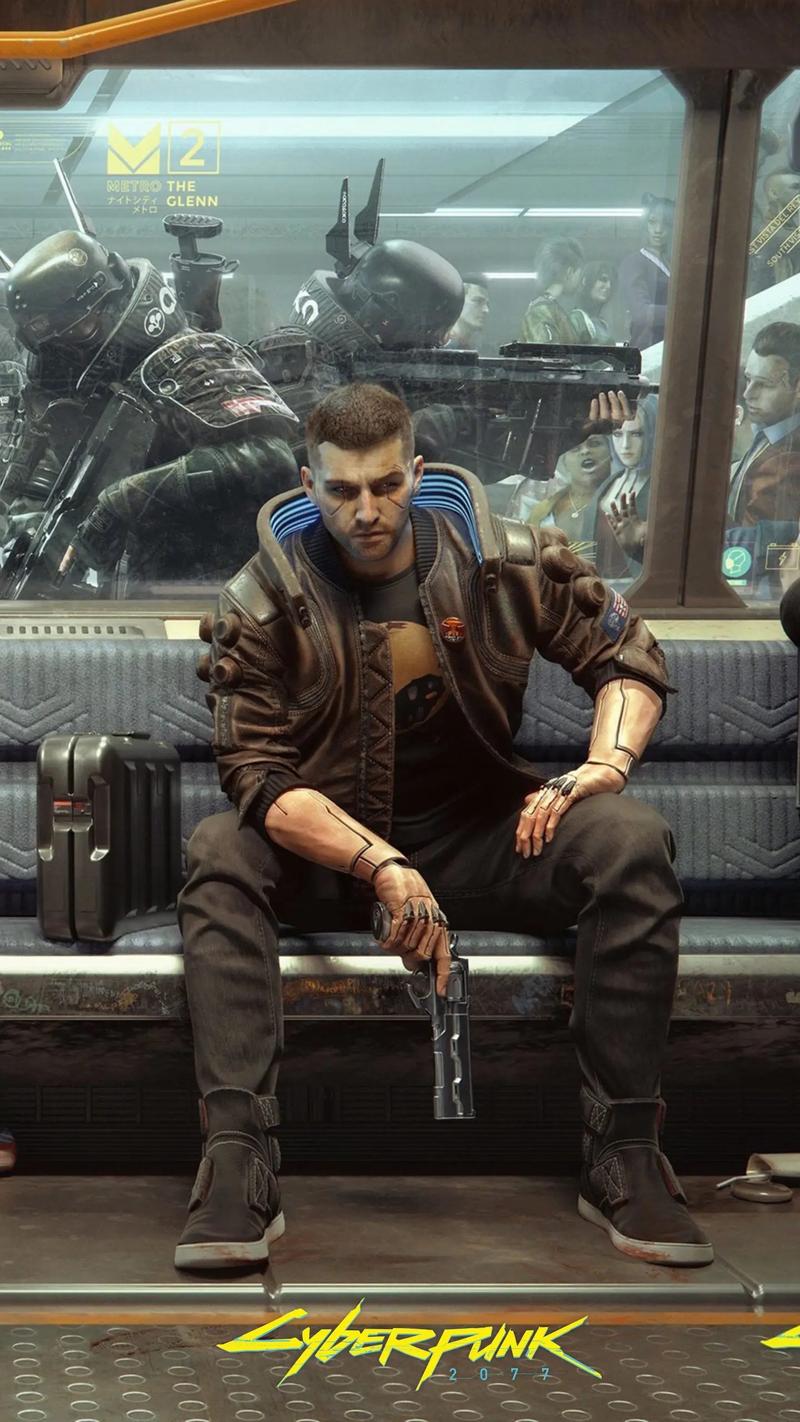How to Spot Clickbait in AAA Game News Headlines
The video game industry is a whirlwind of hype, speculation, and excitement, especially when it comes to major AAA titles. Every new trailer, developer interview, or leaked screenshot sends ripples through the community, amplified by a voracious digital media landscape competing for your attention. In this high-stakes environment, the humble headline has become a critical—and often weaponized—tool. Clickbait, the practice of using sensationalized or misleading headlines to lure clicks, is rampant. For gamers, learning to spot these tactics is essential to becoming a more informed consumer and avoiding the cycle of disappointment and misinformation.
Clickbait isn't always a outright lie. Its most effective and pernicious form lives in the gray area between truth and deception. It preys on hope, hype, and fear, often using a set of predictable formulas. By understanding these formulas, you can quickly assess the credibility of a headline before you even consider clicking.
The Anatomy of a Clickbait Headline
Several telltale signs can help you identify a potentially misleading headline.
1. The Vague and Overhyped Pronouncement: Headlines that make grand, sweeping claims without concrete details are immediate red flags. Phrases like "Game X Will Change Gaming Forever," "This One Feature Will Revolutionize Open Worlds," or "You Won't Believe What Happens in Game Y's Story" are designed to trigger curiosity but offer zero substance. They promise a monumental shift without evidence. A legitimate news piece will typically specify what the feature is or cite a specific quote from a developer.
2. The "According to Sources" or "Reportedly" Dodge: While journalism often relies on anonymous sources, its ethical use involves verification and corroboration. Clickbait uses these terms as a shield for pure speculation. A headline like "Starfield 2 Already in Pre-Production, According to Sources" or "Next Nintendo Console to Feature 4K, Reportedly" allows the publisher to hedge. If the rumor proves false, they can fall back on the "we were just reporting what others said" defense. Always check: are these sources named? Are they reputable? Is this being reported by multiple credible outlets, or is it a single, obscure blog?
3. The Out-of-Context Quote: This is one of the most common and effective tactics. A developer might say something nuanced in a 60-minute interview, only for a site to pluck six words and create a sensational headline.
- Developer's actual quote: "You know, we're always experimenting with ray tracing. It's a fantastic technology, and while it's not a focus for our current project, it's something we're absolutely looking at for the future."
- Clickbait headline: "Developer Confirms Next Game Will Feature Ray Tracing!"
The headline is technically true—the developer did confirm they're looking at it—but it's wildly misleading about the scope and immediacy. Before getting excited or outraged by a quote, seek out the full interview to understand the context.
4. The Manufactured Controversy or "Outrage": Sites often frame mundane news as a massive controversy to generate engagement through anger. A minor change to a character's design, a developer's innocuous personal opinion, or a simple delay can be spun as "Gamers Are FURIOUS Over..." or "New Update SPARKS Backlash." Check the evidence. Is the "backlash" confined to a handful of tweets with ten likes? Is the "outrage" being driven by the article itself? Legitimate reporting will quantify the reaction, citing widespread community sentiment across forums and social media, not just amplifying a vocal minority.
5. The Question Headline: This classic clickbait technique poses a dramatic question that the article often cannot definitively answer. "Is This the First Look at GTA 6?" "Will This New Game Finally Kill Call of Duty?" "Is Microtransaction Hell Coming to Your Favorite Franchise?" The headline implies a revelation, but the article body usually just rehashes known rumors or offers pure speculation. The answer to the headline question is almost always "maybe," "we don't know," or "no."
6. The Misleading "We Played It" Impersonation: Some of the most deceptive headlines are those that imply first-hand experience when they have none. "We Played 10 Hours of The Elder Scrolls VI and Here's What We Think" is an obvious lie if the game hasn't even been shown. Softer versions include "Here's What It's Like to Play..." based on a pre-recorded trailer or a hands-off demo presented by the marketing team. True hands-on previews from events will be clearly labeled as such from established publications.

How to Defend Yourself Against the Hype
Arming yourself with knowledge is the best defense. Here’s a practical checklist for navigating game news:
- Consider the Source: Build a mental list of trustworthy outlets known for thoughtful analysis, ethical reporting, and transparency. Conversely, be instantly skeptical of sites you've never heard of or that have a history of rumor-mongering.
- Read Beyond the Headline: The headline's job is to get the click; the article's job is to deliver (or fail to deliver) on that promise. Before sharing or forming an opinion, actually read the article. Often, the body text will immediately walk back the headline's sensationalism with caveats like "could," "might," or "according to a rumor."
- Seek Primary Sources: If a headline cites an interview, watch the original video. If it claims a developer said something, try to find their exact words on Twitter or in the full interview. Cutting out the middleman is the surest way to get accurate information.
- Check for Corroboration: Is this massive news story being reported by just one website? If a truly groundbreaking piece of news is real—a release date, a major leak, a studio acquisition—it will be picked up by every major gaming news outlet (Kotaku, IGN, GameSpot, Eurogamer, etc.) within minutes. If it's only on one fringe site, treat it as unverified rumor.
- Understand the Development Cycle: Games, especially AAA games, are made over years. They are prototyped, scrapped, rebooted, and changed constantly. A leaked feature from two years ago is almost certainly not in the current build. A rumor about a game in "early development" is often meaningless, as the final product may bear no resemblance.
In the end, spotting clickbait is about cultivating a healthy sense of skepticism. The goal of these headlines is to monetize your anticipation. By learning to identify their tricks, you reclaim your attention and your emotional investment. You can choose to engage with news that is substantive and informative, fostering a deeper and more rewarding connection to the games you love, rather than being swept away by a relentless tide of manufactured hype. The truth about the next big game is out there; it just often requires looking past the shouting of the headline to find it.
















